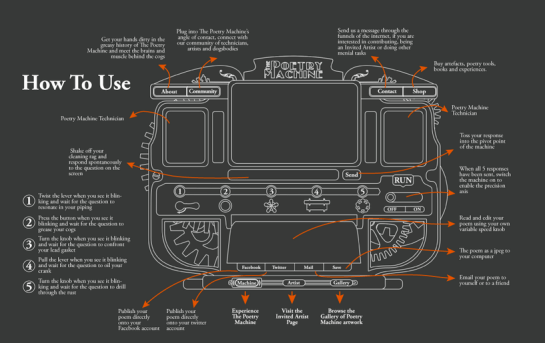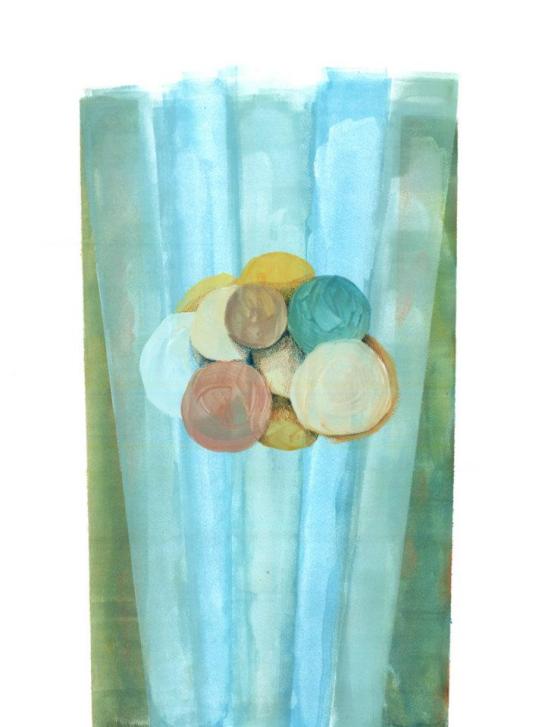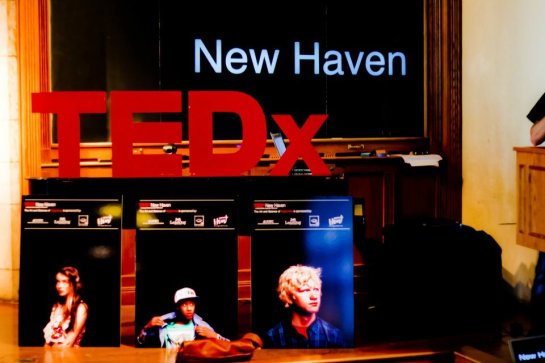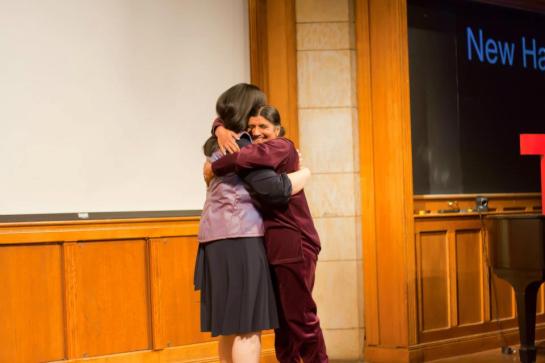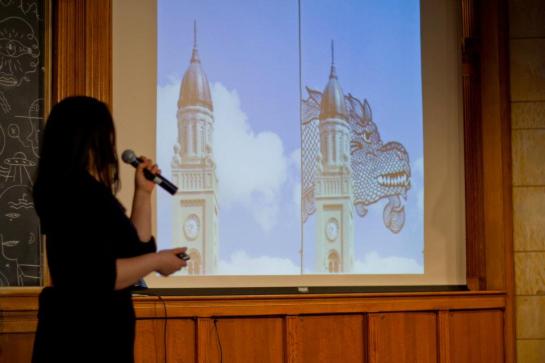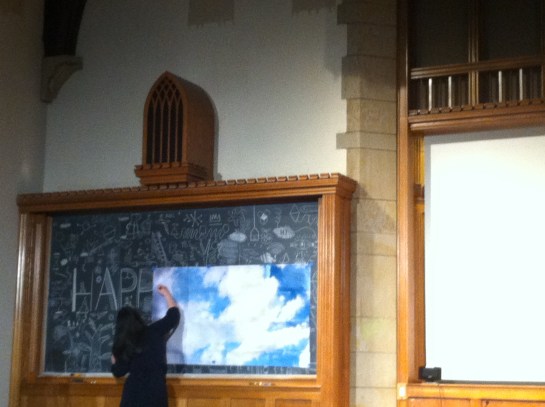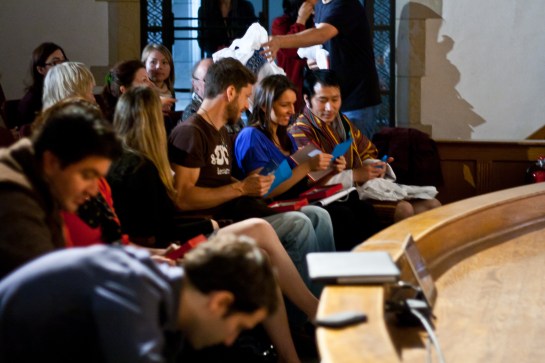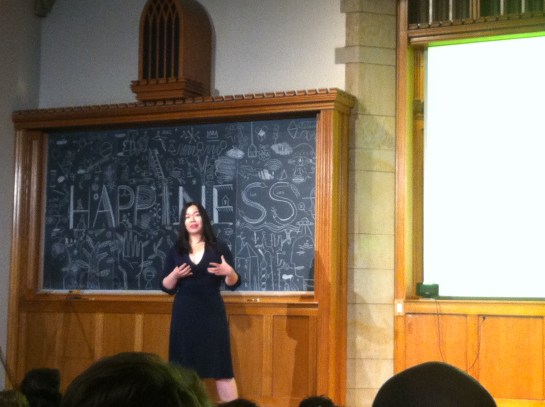As a poet, I will be among the first to say that poetry can be difficult. It can be abstruse, incomprehensible, and consequently irrelevant to most people. I’ve often felt that this was unfortunate, because I believe that poetry can be very powerful. As Susan Stewart, author of Poetry and the Fate of the Five Senses, wrote:
“Poetry makes tangible, visible, and audible the contours of our shared humanity.”
But what if we had a different gateway to poetry? What if we can explore verses not just through reading text, but through accessing it via an “easier” medium?
This is what is being explored in a project called EatPoetry. It is a dining event where we ask a chef to create a dish out of poems—literally translating the poem into food—so people can readily have an association between the poem and the dish.

Why food? Simply because taste is a sense that is both social and intimate. It might not be easy to have an opinion about a poem, but it is easier to have one about something you are eating. Eating is usually communal and social; thus, the idea of having a conversation around something you are consuming (whether this consumption is through hearing a poem or eating a dish) is an organic process. An event such as EatPoetry also triggers all five senses: the sight, smell, and taste of the food your are eating; the feeling of the texture of the food; the sound of the poetry being read.
This week, I’ve tried a simple experiment where I’ve gathered a group of people to find out their reactions about two different experiences: hearing poetry with and without food. The food were simple supermarket treats, just to see whether this was a concept that was compelling enough for people to enjoy and to find meaningful.

Supermarket treats for prototyping
It was a small group of six people who rated themselves on whether they liked poetry and how much they think they understand it. I had participants who rated themselves as a 1 (the lowest) on how much they liked poetry and how much they think they understood it. I also had participants on the opposite side of the scale; they liked poetry (5) and believed they understood it. One of them wrote poetry herself.
For the poetry alone, here are the poems I read:
1. “This is Just to Say” by William Carlos Williams
2. “After Apple Picking” by Robert Frost
3. “Figs” by D.H. Lawrence (an excerpt)
For the poetry paired with a dish, here are the poems I read and the treats that went with them:
1. “The Cinnamon Peeler’s Wife” by Michael Ondaatje paired with cinnamon buns
2. “The Emperor of Ice-Cream” by Wallace Stevens paired with mint chocolate chip ice cream
3. “Cake” by Gertrude Stein (from her book Tender Buttons) paired with soft chocolate chip cookies
For both cases, I’ve asked them to recall the poem and write down as many words as they could remember. I’ve also asked them to write anything that came to mind, be it their thoughts about the poem (or in the second case, the dish), or their own poem.
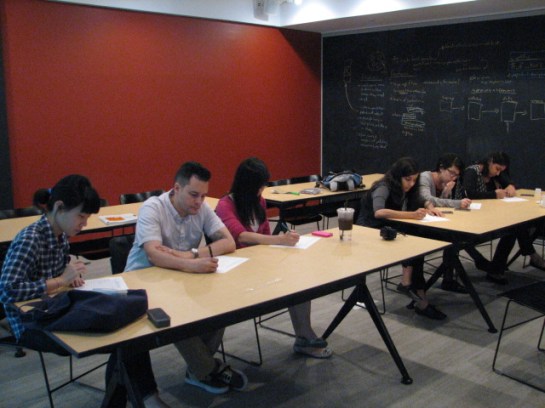
Here is what happened:
Poetry and memory
In general, participants were able to recall most of the poem, or at least the ideas in the poem. “This is Just To Say,” “After Apple- Picking,” “Figs,” and “The Cinnamon Peeler’s Wife” were visual and concrete poems; you could almost see the scene/s that were being written about. “The Emperor of Ice-Cream”, although visual, used more obscure words, as well as those that had nothing to do with ice cream. “Cake” was the most difficult, as it had a nontraditional syntax and the words didn’t seem to form sentences that “made sense.”
Expectedly, the ones that had the least recall were “The Emperor of Ice-Cream” and “Cake.” What was unexpected, and more interesting, were the comments, original poetry, and drawings that came out of the session:
Part A: Poetry, No Food
1. This is Just to Say by William Carlos Williams
Sweet, but cold
life it is.
Forgive me, but I’m not sorry.
And they were not far from
reach, these plums,
alive and red, burning
and freezing.
Forgive me, they were
delicious and cold.
Not really asking for forgiveness
Plum metaphor for person? Personality? (sweet yet cold)
Delicate, not long-lasting
Perched on the verge of summer,
I want to work on my thesis.
But thoughts of sweet, cold plums
Keep frolicking in front of my vision
It rather gets in the way
Of writing poems in code.
Doesn’t it?
I ate the strawberries
from the ground
when I was 3,
My mom got mad
at me.
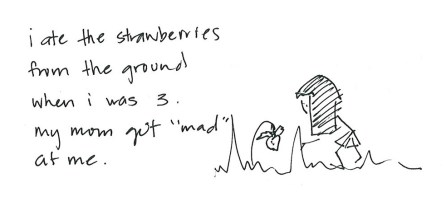
2. After Apple-Picking by Robert Frost
Giving up is easy,
easy to say at least
But you know your heart won’t rest,
until it finds what it’s looking for.
I am done with apple picking now,
There isn’t the time,
To look at the shadows,
Or shadows the time,
Let tomorrows rise,
I let yesterday fall,
For that is all
there is to living small.
Reminds me of the apples
Waiting at home
To be made into apple crumble.
My desk is covered in Apples. Big ones,
Small ones, glistening, cold, smooth
Not unlike ones fresh-picked in Autumn,
But these you cannot eat.

3. Figs by D.H. Lawrence
A secret that each one must unveil,
A different one, for each,
A secret not quite
Revealed in a bite.
If I were to write a
thinly veiled sexual metaphor about fruit
in the form of a poem
I too would probably choose
a fig.
Societies make rules
It says this is good, this is bad.
Rules are objective &
Good/Bad is subjective
If your heart feels differently
break the rules!
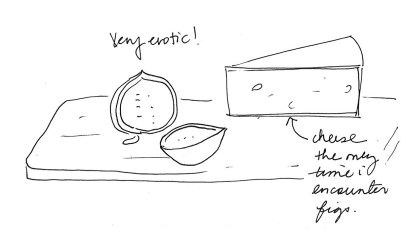
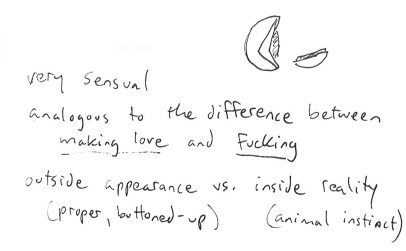

Part B: Poetry with Food
1. The Cinnamon Peeler’s Wife by Michael Ondaatje paired with cinnamon buns
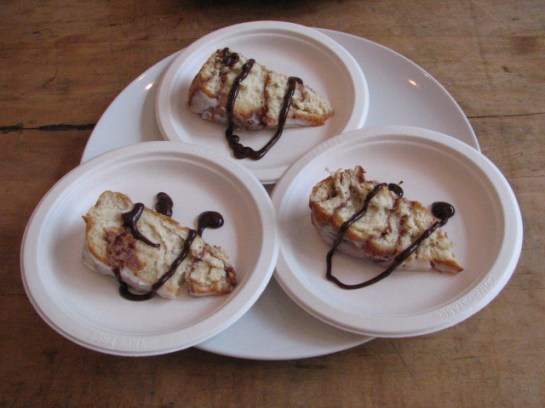
Sliced cinnamon buns with chocolate sauce
If I were a cinnamon peeler’s wife
my clothes drying in the courtyard
would bring many a wandering man,
back to my carousel; I
talking amidst them in the market
would proclaim, the love in my veins.
Is the cinnamon peeler’s wife a
cinnamon bun?
I feel awkwardly voyeuristic
But it’s so delicious,
I will just eat and eat some more.
World looks you through a lens
And the lens has a name.
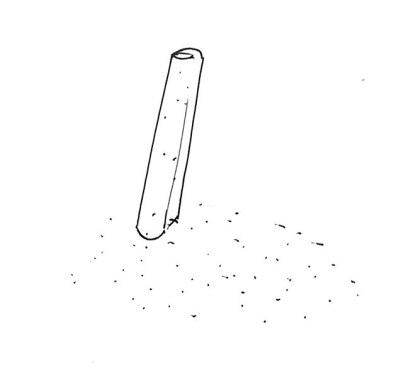
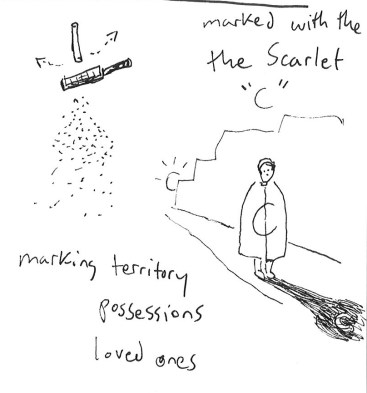
2. The Emperor of Ice-Cream by Wallace Stevens paired with mint chocolate chip ice cream

Mint chocolate chip ice cream
The emperor of ice cream,
sits on a beam, with mint
chocolate dip and lots of cream.
The only emperor is the
emperor of dreams.
You know what’s colder
and sweeter than
a summer plum?
Mint chocolate chip ice cream
that’s what.

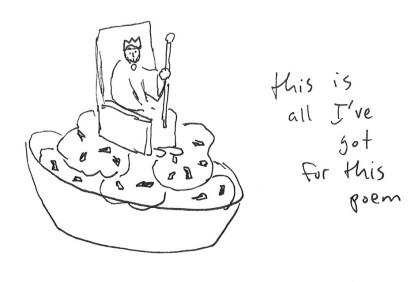
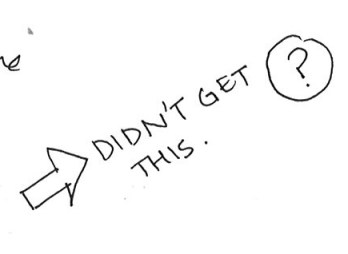
3. Cake by Gertrude Stein (from Tender Buttons) paired with soft baked chocolate chip cookies

Two chocolate chip cookies
Automatic, non stop,
in a way again, come,
these thoughts, flat jab
as a needle in sea, the
sea, that hides, in me.
A tragic baking accident!
It was a little hard to understand
the words as they were
being read. I kept wondering
about homonyms. Maybe some
meaning was lost. I want to read with my eyes, next time.
But the cookies were solid, sweet, and decidedly
non-abstract. I wonder if they helped or
hindered by focus on the poem?


I also got some feedback on the process itself. Was it an enjoyable experience to hear poetry and eat at the same time? Did they like the poems? Did they want other poems to be read next time? Were they able to make associations between the food and the poem? Here are some; highlights are my own.
I don’t know many poems to make suggestions. I probably need to read the poems myself to understand them better. Never “listened” to poetry before. I wish I understood the ice cream poem, because the ice cream I ate was really good.
I enjoyed the poems and the food, except for the cookies. Not sure if I was supposed to establish a correlation between the food and poems, or remember the poems better because of them. Perhaps that’s what you’re testing? I don’t now. Concentrating on the poems to remember them kept me from enjoying the poems—just made me anxious that I wouldn’t remember / test poorly.
I think more physical, sensual poems worked better for this experience. For the fig poem, I really wanted a fig. I’m not a big fan of G. Stein normally, but I could enjoy it if I were held still for a long enough time. For poems like that, I would maybe pair it with a slow-to-eat food, not something you’d wolf down. (A lollipop perhaps?) Her words take time, more so than W.C.W.s poem which is clear-cut and non-abstract. I really enjoyed it! Thanks, C.
Enjoyed this. Ice cream—favorite food. Robert Frost poem was my favorite, best captured a mood and a place. Although the food was delicious, it distracted from understanding the poems. Gertrude Stein—least favorite; embodied everything I dislike about poetry. (Note: This was from the participant who disliked poetry the most.)
The food was overpowering; the first two poems worked the best, mostly because of the length. Food made it difficult to read anything. Gertrude Stein was beautiful sounding words, which is why the words were all I remember. Shorter poems would be the way to go. Loved the concept as an artwork / performance piece.
Some of my conclusions:
1. Participants generally enjoyed the experience, and giving them a way to express themselves after the poem was read was great. It allowed them to express their opinions on the poem, unlike regular poetry readings where the poem was just read, and that was that.
2. Food was a deterrent in recalling the actual text of the poem; having to taste something distracted from trying to understand something being read. While the participants will likely remember what the ate more than the words of the poem.
3. While eating didn’t facilitate the recall of the poems’ text, what it did do was create an association with the poem. For example, while few understood “The Emperor of Ice Cream,” most enjoyed the ice cream served to them. I enjoyed the drawings a lot, particularly because it came from the participant who had a clear dislike for poetry.
4. It would have been better to be as literal about the food as possible. I served cookies for Stein’s “Cake,” mainly as a wild card, and because the words such as “mussed ash,” “two,” “dirty,” recalled something dark and earthy.
As with prototypes, there are some additional questions raised from this session. Should the poems be projected on the wall instead of just read? Should they be read first and then have the food served, since having them together increased the friction in understanding the poem? How can we facilitate the participants’ own creativity, as to me, one of the more interesting results was the marginalia that they scribbled about the experience? More to come, and soon.



